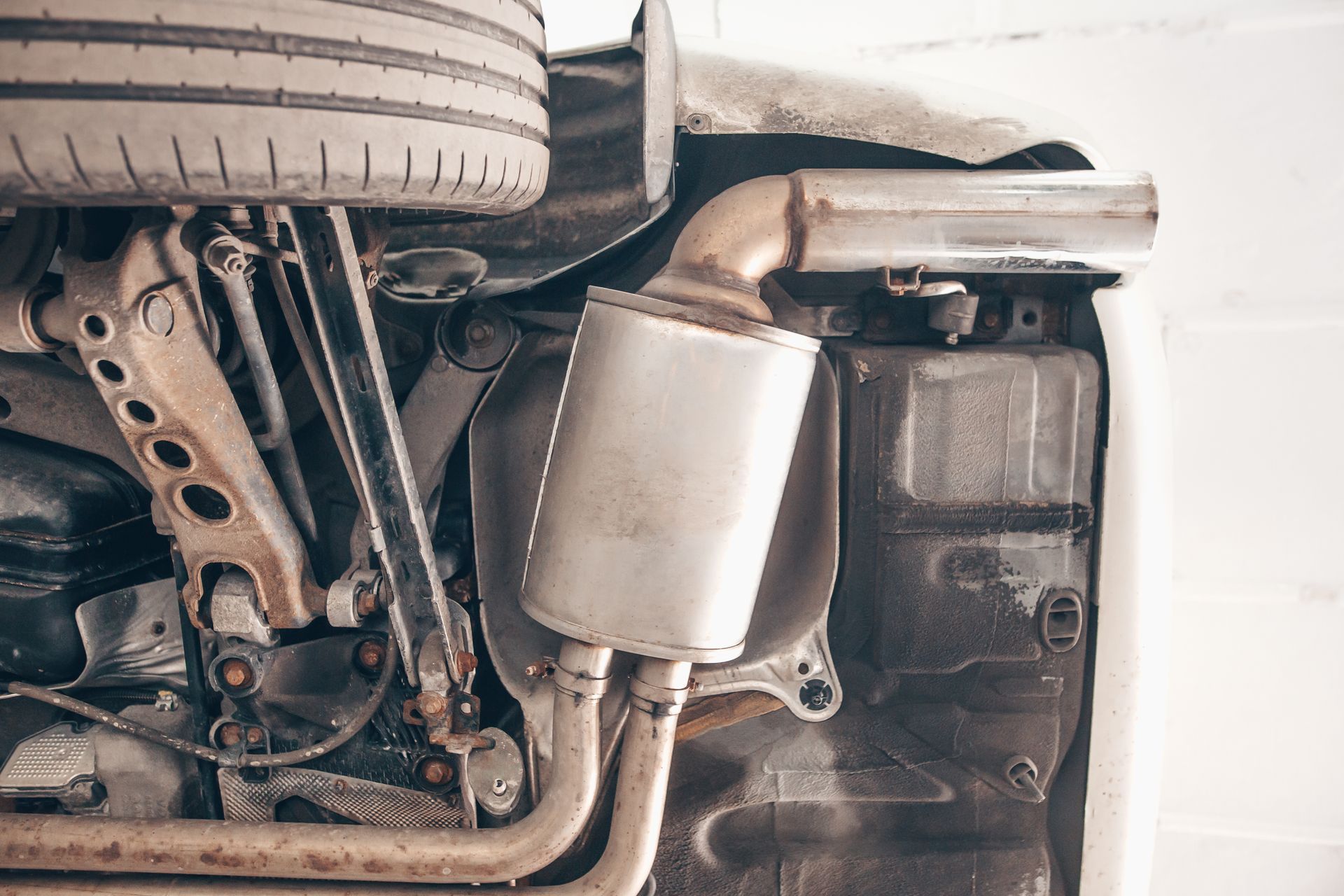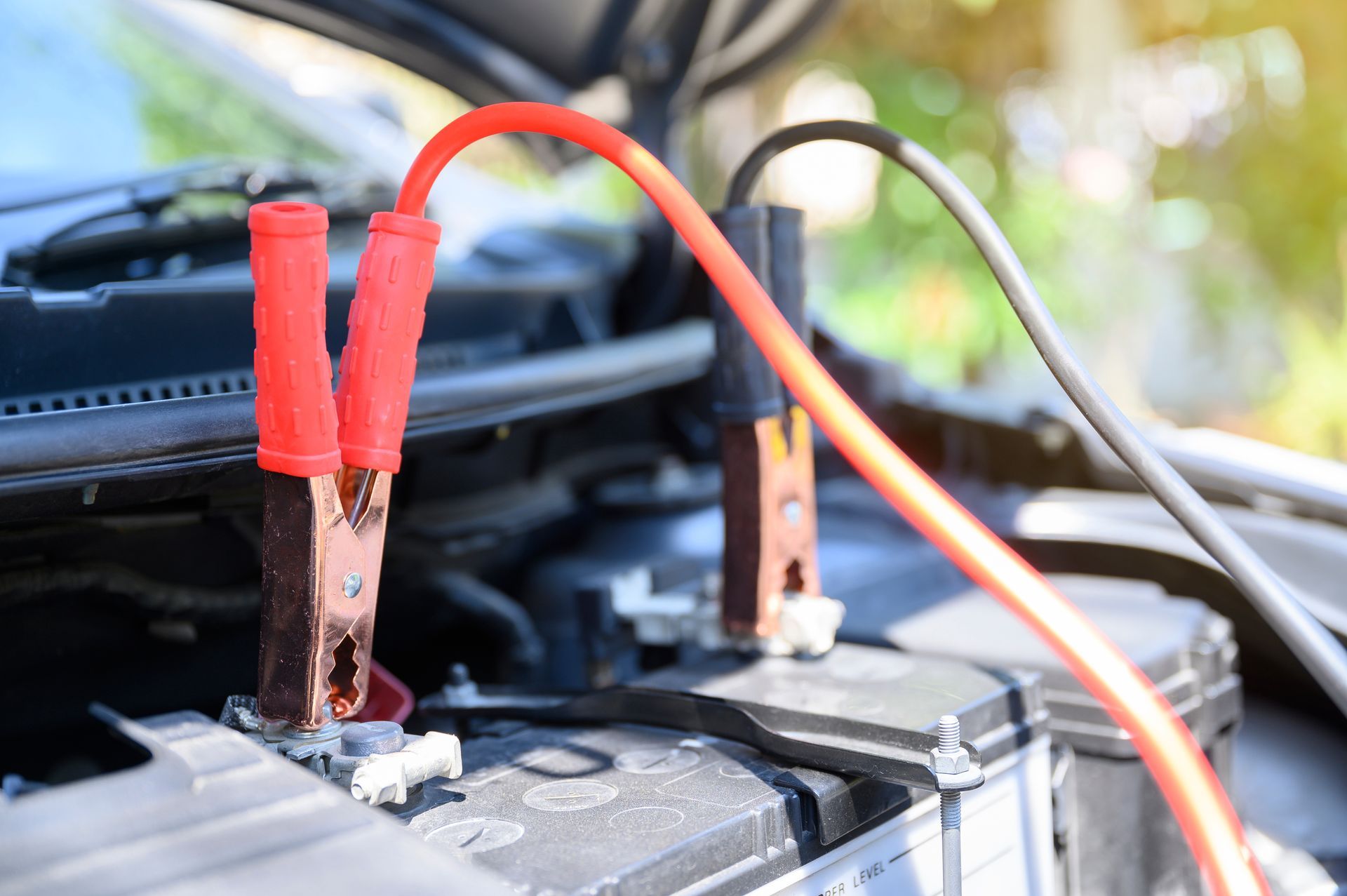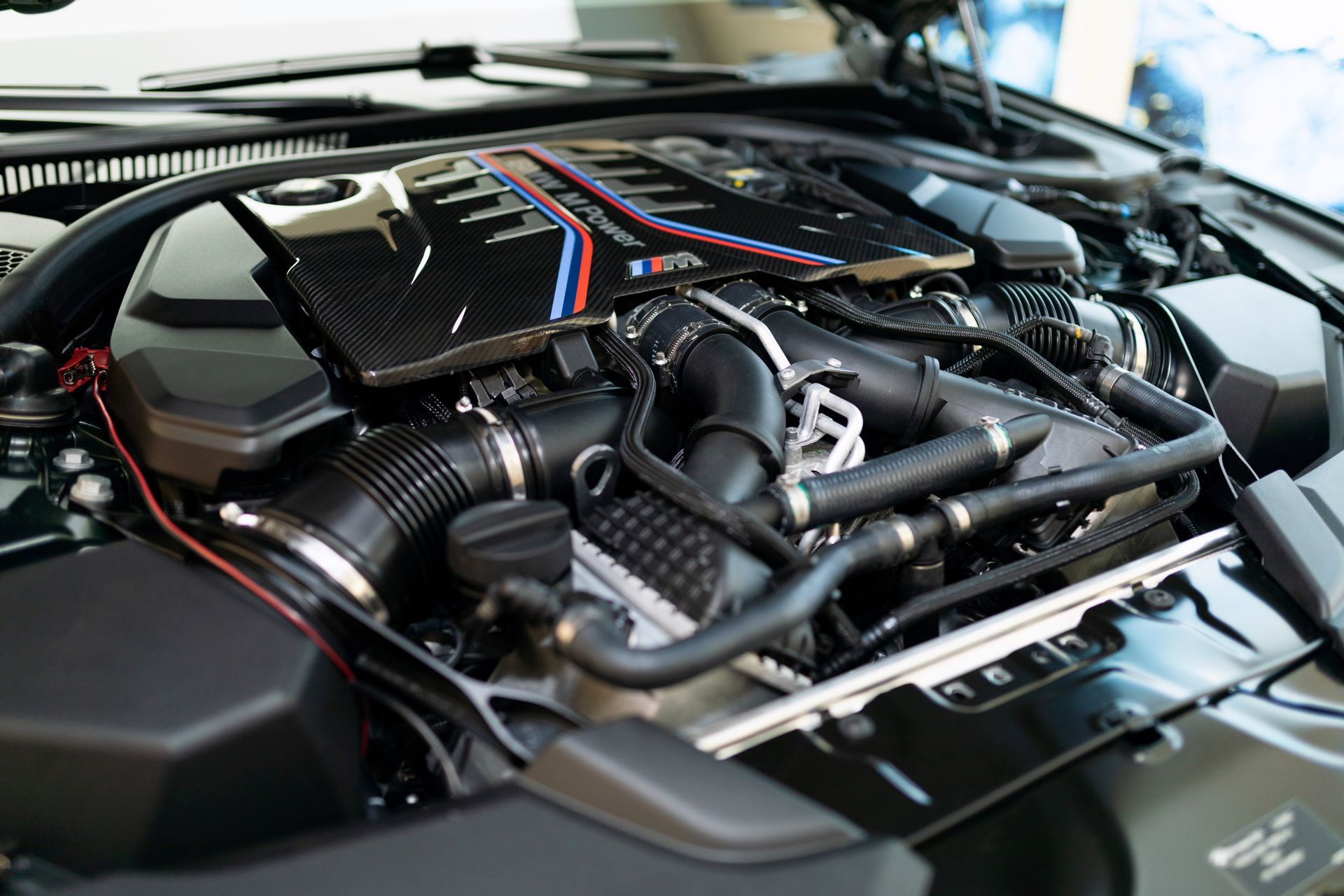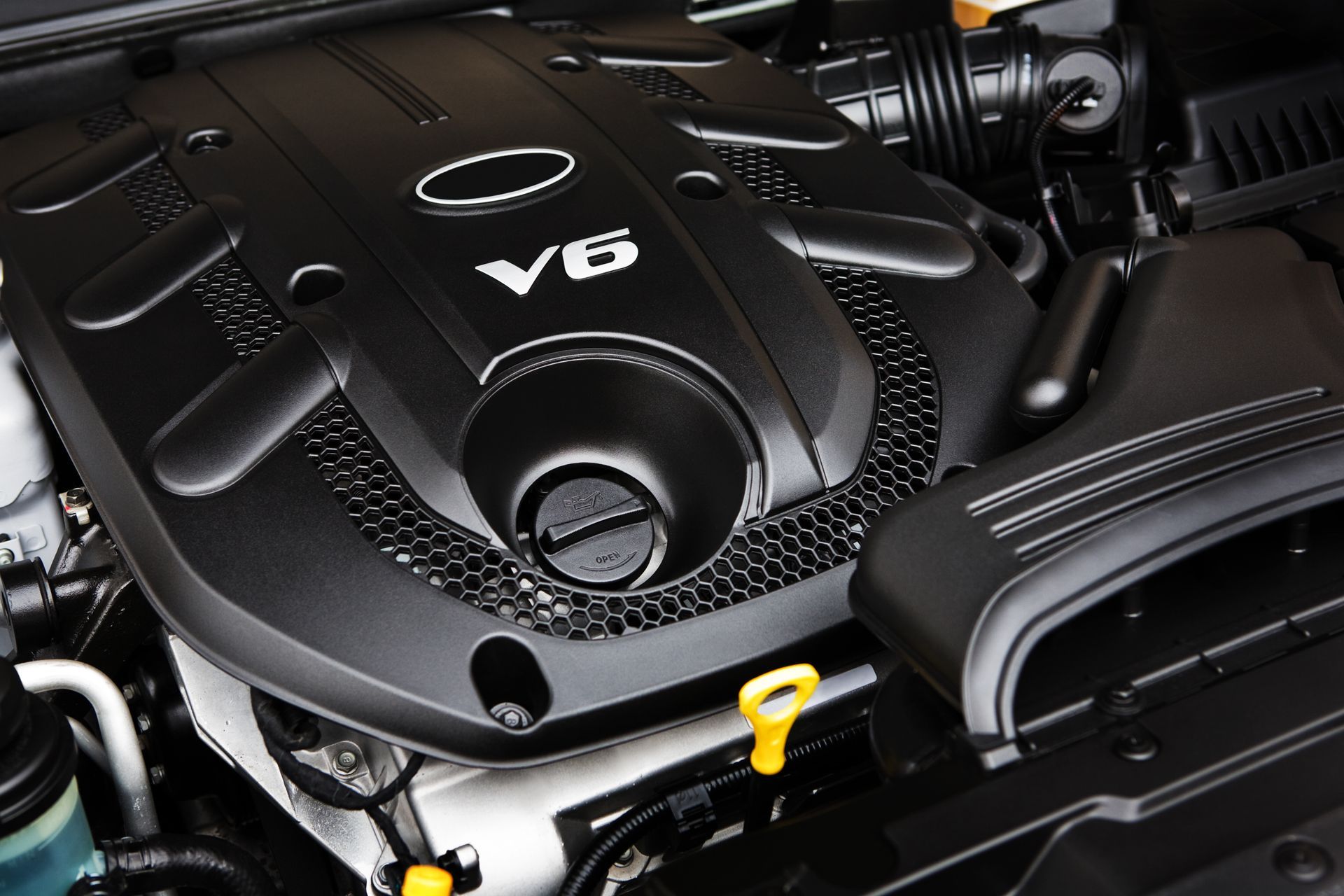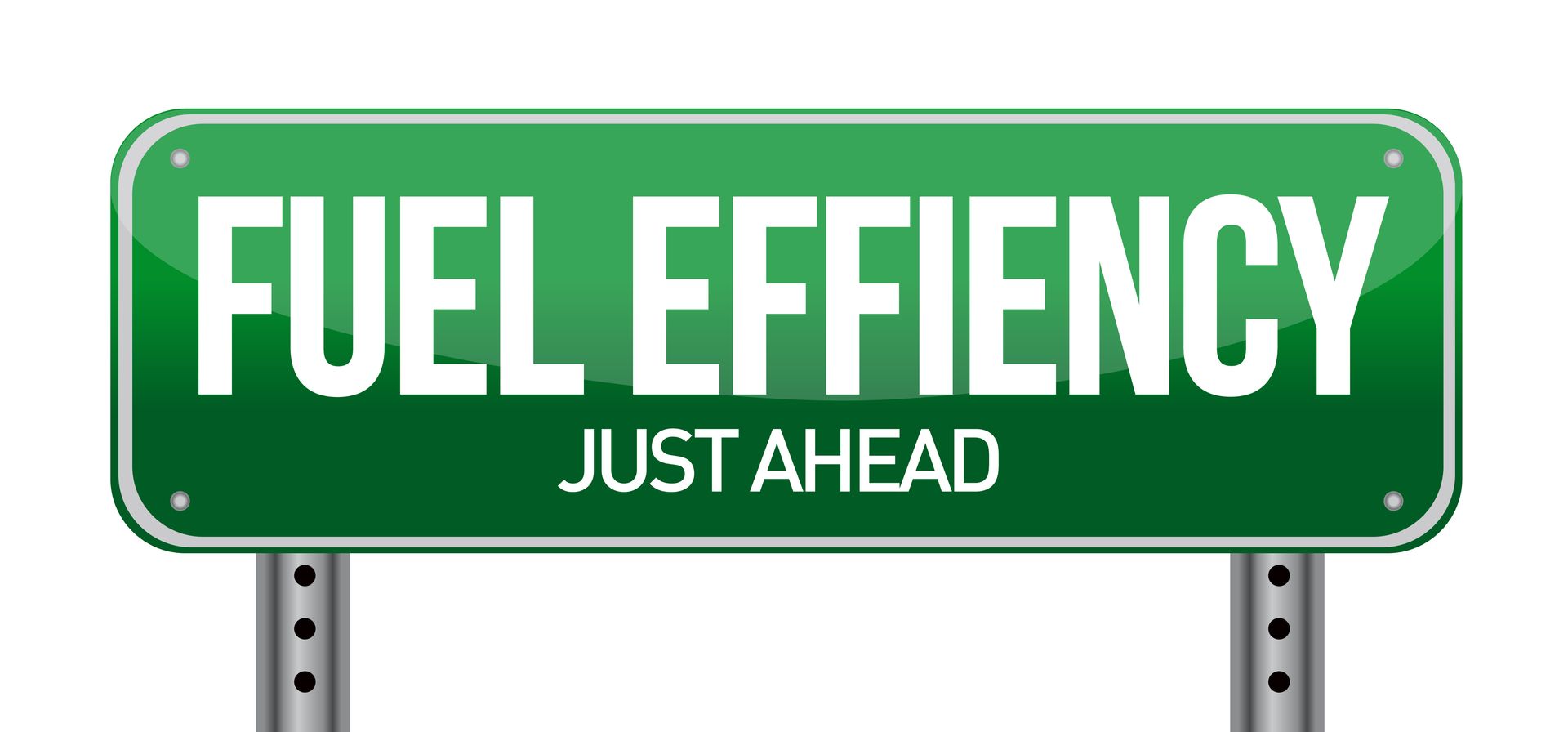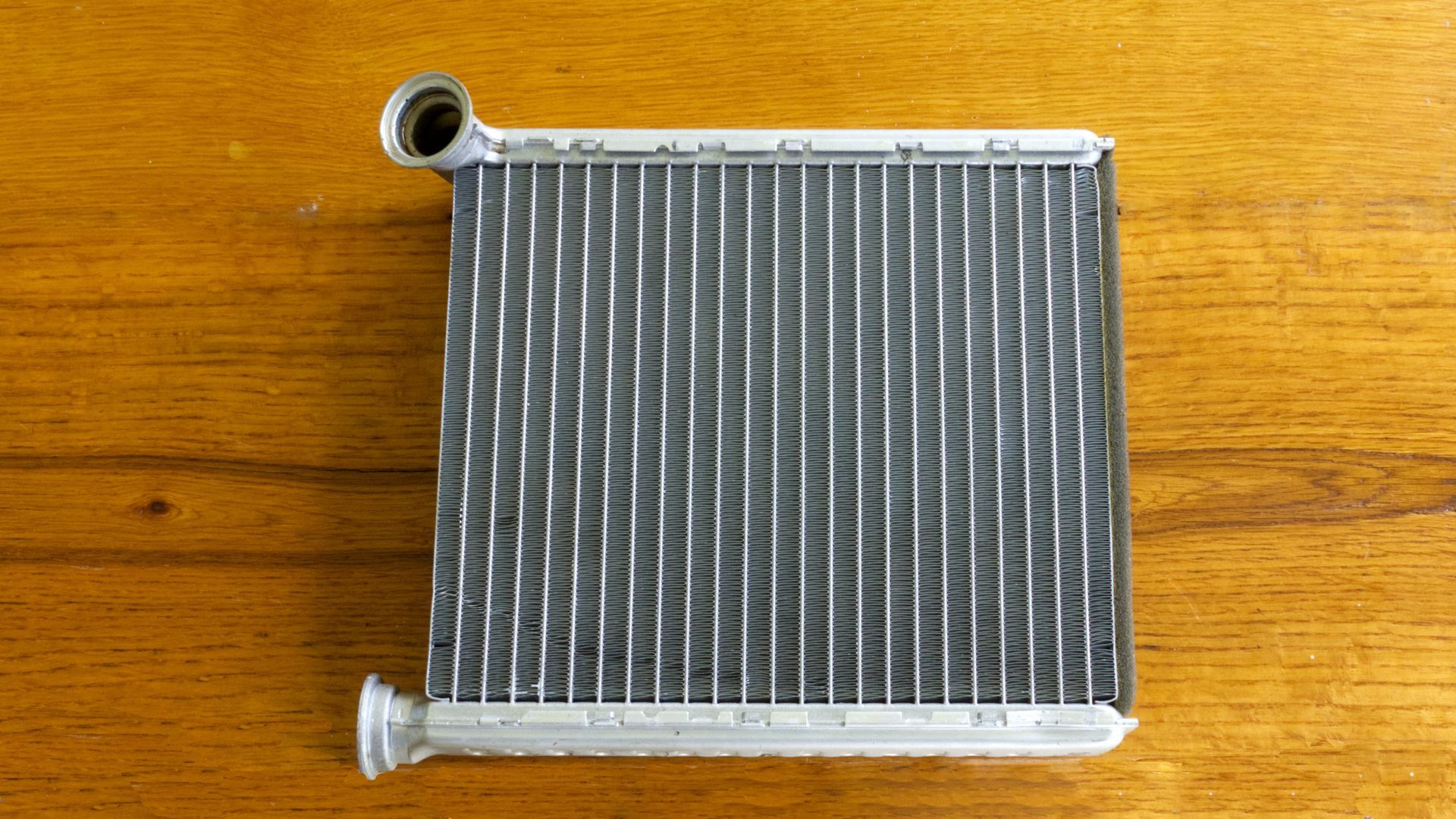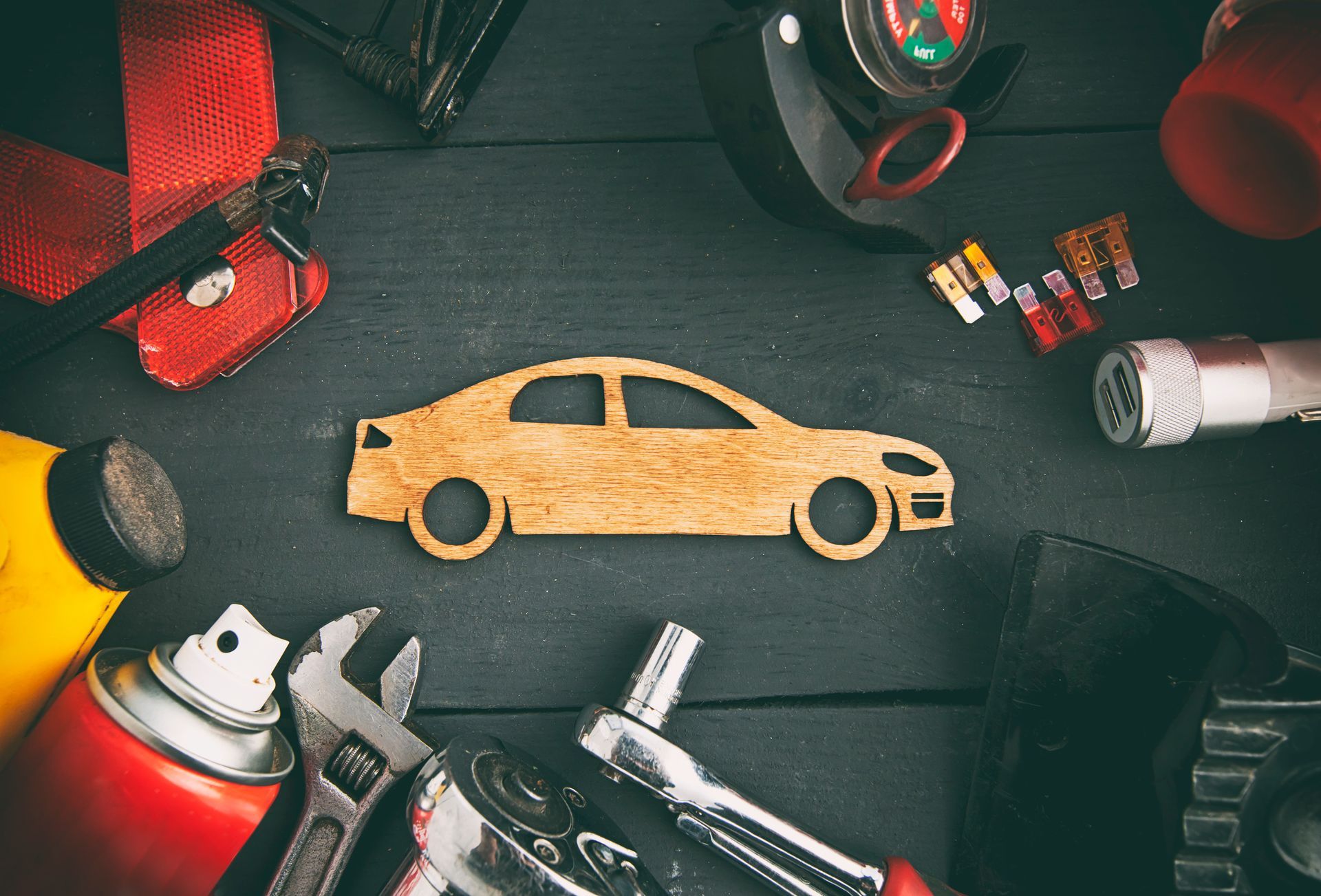Your vehicle's transmission transfers power from the engine to the wheels, enabling smooth acceleration and efficient operation. However, transmissions can experience wear and tear over time, leading to potential issues that may jeopardize your vehicle's performance and safety. So, how can you recognize the warning signs of a failing transmission before it's too late?
1. Unusual Noises
One of the most common indicators of transmission problems is the presence of unusual noises during operation. These may include whining, grinding, or clunking sounds when shifting gears or while the vehicle is in motion. Such noises could signify issues such as worn gears, damaged bearings, or low transmission fluid levels, which warrant immediate attention to prevent further damage to the transmission system.
2. Delayed or Rough Shifting
Another indicative sign of transmission trouble is noticeable delays or roughness when shifting gears manually or automatically. A healthy transmission should transition smoothly between gears, allowing for seamless acceleration and deceleration. However, if you experience hesitation, jolting, or slipping sensations during gear changes, it could indicate underlying issues such as worn clutch plates, fluid contamination, or hydraulic problems within the transmission.
3. Fluid Leaks
Transmission fluid plays a crucial role in lubricating and cooling the various components of the transmission system, ensuring smooth and efficient operation. Therefore, any signs of fluid leaks should be taken seriously and addressed promptly. Common areas to check for leaks include the transmission pan, seals, and cooler lines. A puddle of red or brown fluid beneath your vehicle could indicate a leak, signaling the need for inspection and potential repairs to prevent further damage.
4. Burning Odor
A distinct burning odor emanating from your vehicle's transmission could indicate overheating or fluid degradation, which are red flags for potential issues. Overheating can occur due to low fluid levels, restricted fluid flow, or excessive friction within the transmission components. Ignoring this warning sign could lead to severe damage to the transmission system, necessitating costly repairs or even replacement.
5. Dashboard Warning Lights
Modern vehicles are equipped with onboard diagnostic systems that monitor various vehicle systems, including the transmission. If your vehicle's dashboard lights, such as the Check Engine Light or Transmission Temperature Warning Light, illuminate, it's essential to heed these warnings and have your vehicle inspected by a qualified mechanic at our shop. Ignoring warning lights could further damage the transmission and potentially compromise vehicle safety.
Don't wait until it's too late! Trust your transmission to the experts at B & B Automotive Inc. Schedule your inspection today and keep your vehicle shifting smoothly.

